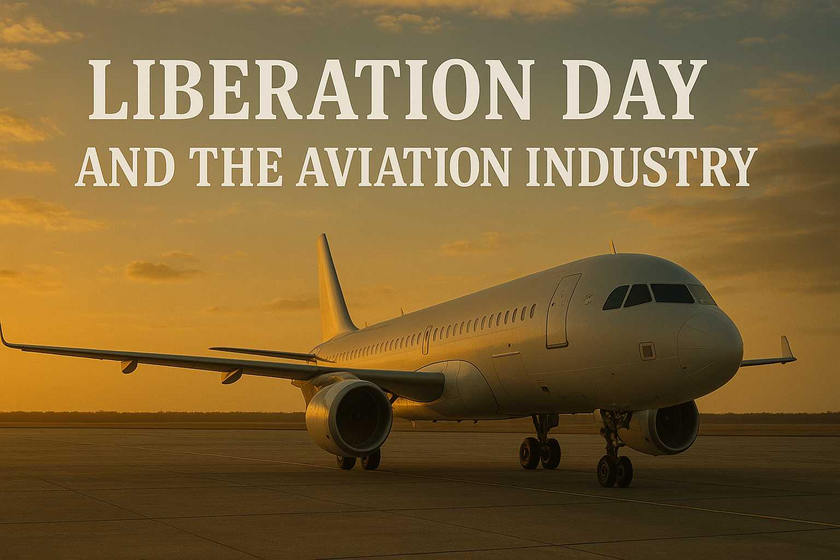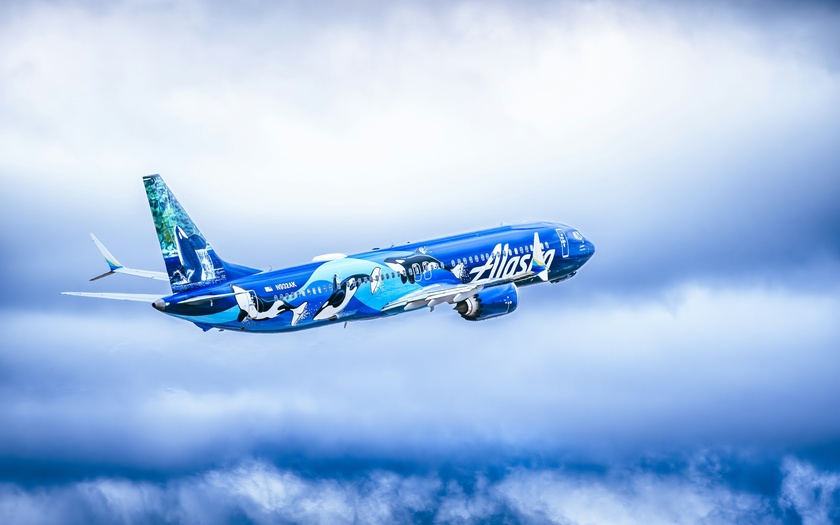This thoughtful question, submitted by a reader named Steve, was prompted by our last article on tariffs and their relationship to inflation, deficits, and the aviation sector. It’s a fair question—simple on the surface but layered with nuance beneath. Thank you, Steve, for asking what many others may have been thinking.
Before addressing Steve’s inquiry directly, it’s worth taking a step back to reexamine the so-called “Liberation Day” tariffs: What remains of them? What were they meant to accomplish? And—critically—who, if anyone, has actually been “liberated”?
Get Involved: Do you believe the Liberation Day tariffs were successful in their stated or implied objectives? Why or why not? Please share your thoughts in the comments below.
Who Has Been Liberated?
In our prior article, we offered a detailed explanation of what tariffs are and how they affect trade, costs, and inflationary pressure. Let’s now turn our attention to whether the implementation of these tariffs has achieved its intended—or implied—objectives.
Tariffs and the Deficit
One of the stated goals of the tariffs announced by the Trump administration was to reduce the U.S. trade deficit. But the belief that tariffs alone can reverse trade imbalances is fundamentally flawed. Trade deficits are not necessarily driven by foreign competition or unfair practices—they are often the result of deeper structural issues, such as a country’s lack of domestic manufacturing capacity or its reserve currency status.
The United States, for example, imports vast quantities of goods because it no longer produces many of the items Americans consume. When paired with the ability to print money that the world still accepts, this results in the U.S. purchasing more than it sells. Tariffs may marginally reduce imports from some countries, but they don’t fix the underlying issue: the U.S. is structurally reliant on foreign production.
Tariffs as a Negotiation Tool
Initially, the Liberation Day tariffs were applied broadly, even to countries with little or no tariffs on U.S. goods. This broad-brush approach confused many—why impose tariffs on allies or non-trading partners?
What became clear over time was that the administration’s primary target was China. The sweeping nature of the tariffs appeared to be an effort to cut off every conceivable “loophole” by which Chinese goods might enter the U.S. indirectly—via Vietnam, Bangladesh, Mexico, or elsewhere. Only after this intent was made explicit did tariffs begin to scale back for other countries. Still, the damage had been done: allies were offended, and the aviation industry—among others—was caught in the crossfire.
It’s important to reiterate that countries don’t pay tariffs. Businesses and individuals do. While governments may retaliate with their own trade measures, the immediate and lasting impact of tariffs is felt by importers, manufacturers, and ultimately consumers. Tariffs raise operating costs. And in industries like aviation, where margins are tight and global supply chains are essential, that impact is profound.
How Do Tariffs Raise Aviation Operating Costs?
Aviation is one of the most globalized industries in existence. Even a manufacturer as iconic as Boeing sources materials and components from dozens of countries. From avionics and landing gear to software systems and customer support operations, the aviation ecosystem is deeply enmeshed in international trade.
When tariffs are imposed on imported parts or services, the cost doesn’t vanish—it gets absorbed by U.S.-based firms at the border. Initially, these costs might be swallowed by manufacturers or airlines seeking to remain competitive. But over time, especially if the tariffs are seen as long-term fixtures, these costs get passed along the supply chain: from suppliers to manufacturers, then to carriers, and finally to passengers.
This ripple effect extends even to outsourced operations. An airline relying on Indian-based customer support or Bangladeshi IT services will face increased costs if tariffs apply to such service imports. In a sector that has only recently begun recovering from pandemic-era losses and continues to wrestle with recession symptoms, this additional burden can be damaging.
Even more concerning is the possibility that, despite the administration’s apparent pivot to targeting China alone, global supply chains remain complex and intertwined. Chinese goods can and do enter the U.S. through third-party nations. To address this, the administration has broadened tariff enforcement to those transshipment countries as well—countries with whom the U.S. trades extensively. The result: uncertainty, reduced sourcing options, and increased costs across the board.
So Who Was Liberated, Exactly?
While the intention behind “Liberation Day” tariffs may have been to reclaim economic sovereignty or rebalance trade, their immediate effects have been to constrain industries like aviation. Rather than liberating the sector, the policies may have shackled it with higher costs, reduced flexibility, and lower resilience in the face of global supply disruptions.
Yes, there is an argument to be made that tariffs can help develop domestic industries over the long term. But such industrial transformation takes years—if not decades—and requires massive investment, policy stability, and a strategic vision far more consistent than what we've seen thus far. In the meantime, the aviation sector, already facing recessionary pressure, will suffer the consequences.
The author maintains a general opposition to tariffs as economic tools. They may serve a purpose as negotiating leverage, but as long-term policy instruments, they tend to raise costs, reduce consumer choice, and dampen innovation. For a reserve currency country like the United States, the risks are compounded—printing money while restricting imports only ensures that inflation remains bottled up at home rather than exported abroad.
While some industries may benefit in isolated instances, the aviation sector is likely to face continued turbulence as a result of these trade policies. As always, we urge our readers to look beyond the headlines and understand the intricate, often unintended consequences of economic nationalism.
Conclusion: Tariff ‘Liberation’ Could Be an Aviation Setback
One month after Liberation Day, it is clear that the aviation industry was not among the liberated. Instead, it finds itself burdened by higher costs, constrained access to international suppliers, and elevated operational complexity. Far from being a catalyst for growth, the current round of tariffs may serve as a drag on recovery and a deterrent to innovation.
While protectionism might yield short-term political wins or symbolic victories against geopolitical rivals, it is the aviation professionals, manufacturers, and passengers who bear the long-term costs. In an industry where efficiency and global cooperation are not luxuries but necessities, these tariffs threaten to do more harm than good.
As the world grows more interconnected, insulating ourselves from the global market might feel like a bold stance—but in reality, it may leave our industries less competitive and our consumers poorer. The aviation industry, perhaps more than any other, reminds us that economic liberation is not achieved through barriers, but through bridges.
Thank you for reading this week's On Aviation™ full article. Do you believe the Liberation Day tariffs were successful in their stated or implied objectives? Why or why not? Please share your thoughts in the comments below. Remember to check out our On Aviation™ Podcast and continue the conversation on our Twitter and Instagram.
Orlando Spencer - On Aviation™



















